If you jumped on the sourdough bandwagon, you need to know all the tricks on how to care for a sourdough starter. Some links in this article are affiliate links that may earn me a commission if you purchase through them.
When a friend offered me some of her sourdough starter, I jumped at the opportunity.
Once she handed it off, however, I started to panic. She gave me no hints on how to care for sourdough starter, and I wanted it to live and thrive.
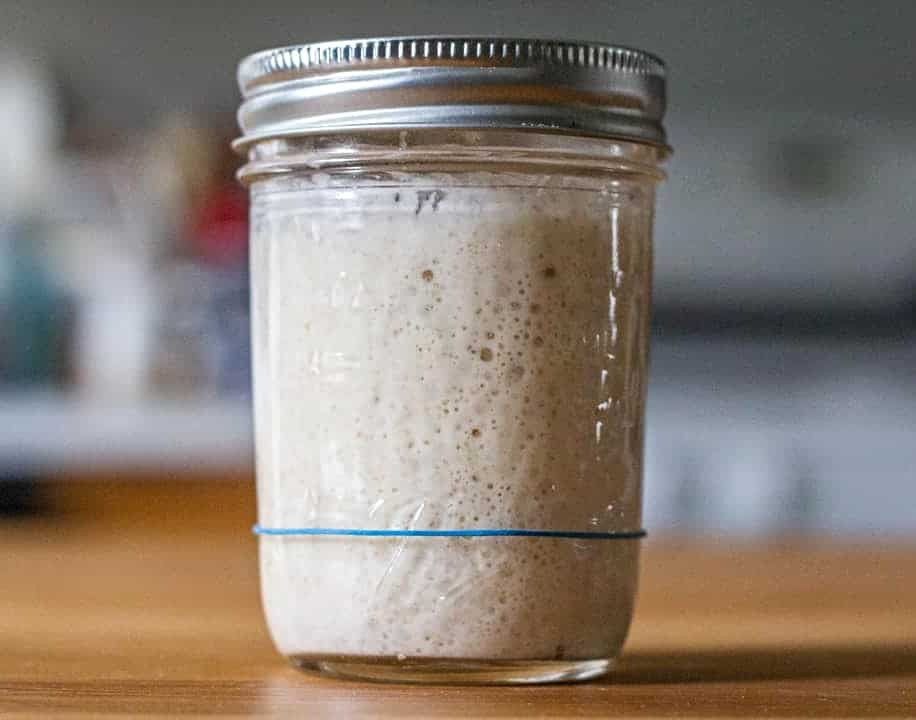
Thankfully, she shared some tips, and I have discovered others in the intervening months. Hopefully these tips on how to care for sourdough starters will make things easier.
The good news? These sourdough starter maintenance tips work whether you plan to grow your own starter or whether you received a mature starter.
While you immediately think of sourdough bread when you first get your sourdough starter, remember that there are so many other delicious items you can make with it. We’ve made pizza dough, cinnamon rolls, crackers, pancakes, cookies, and more.
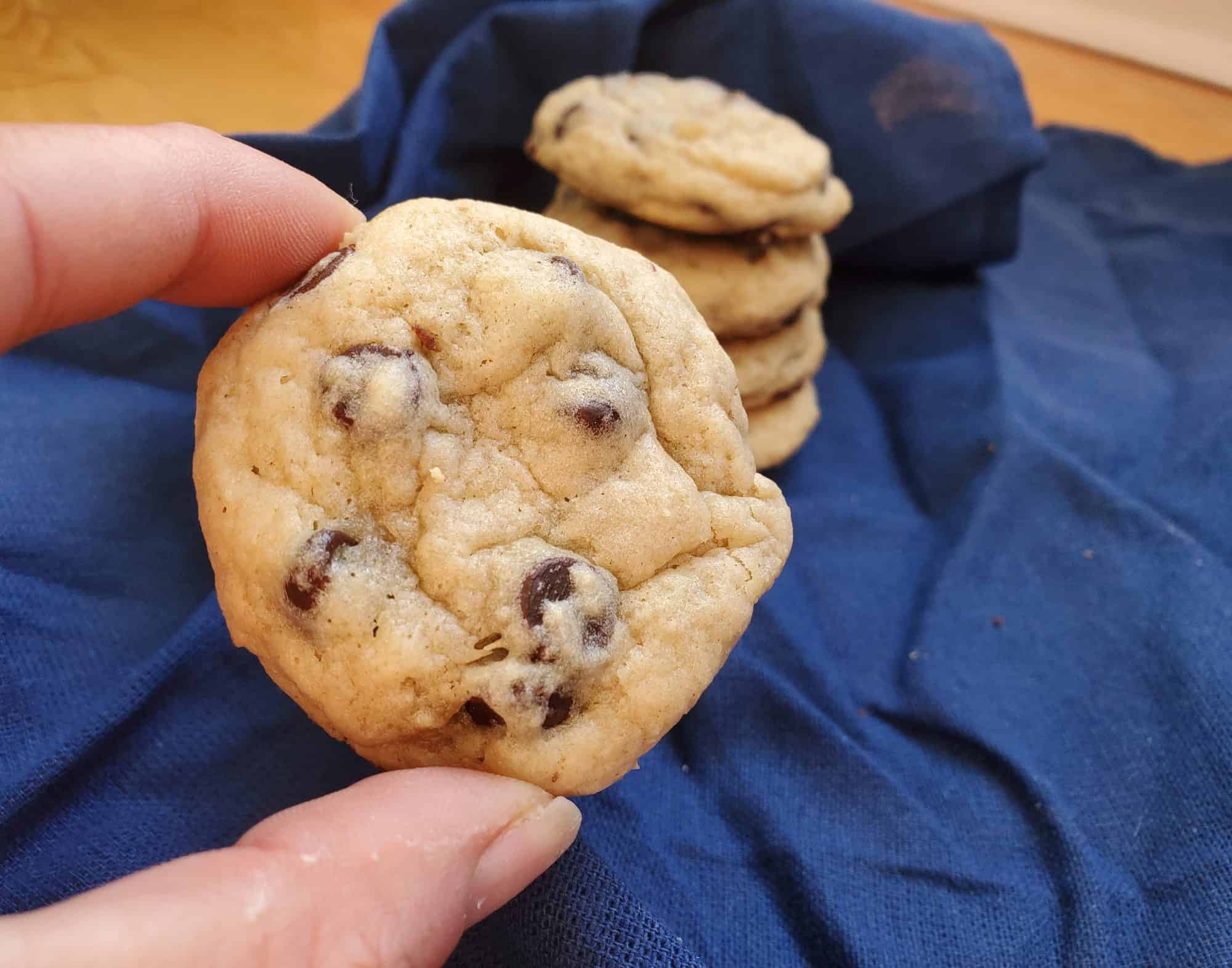
If you need some inspiration, try some of these fantastic sourdough discard recipes. They’re great to use when you fed your starter too much, and many work when you’re first growing your starter and it isn’t mature for a full bread yet.
Is this the only way to care for my sourdough starter?
Absolutely not. As with so many baking techniques, there are many variations to maintain your sourdough starter.
That said, these tips work well. This is an easy method that provides you with a healthy active sourdough starter that makes delicious bread and more.
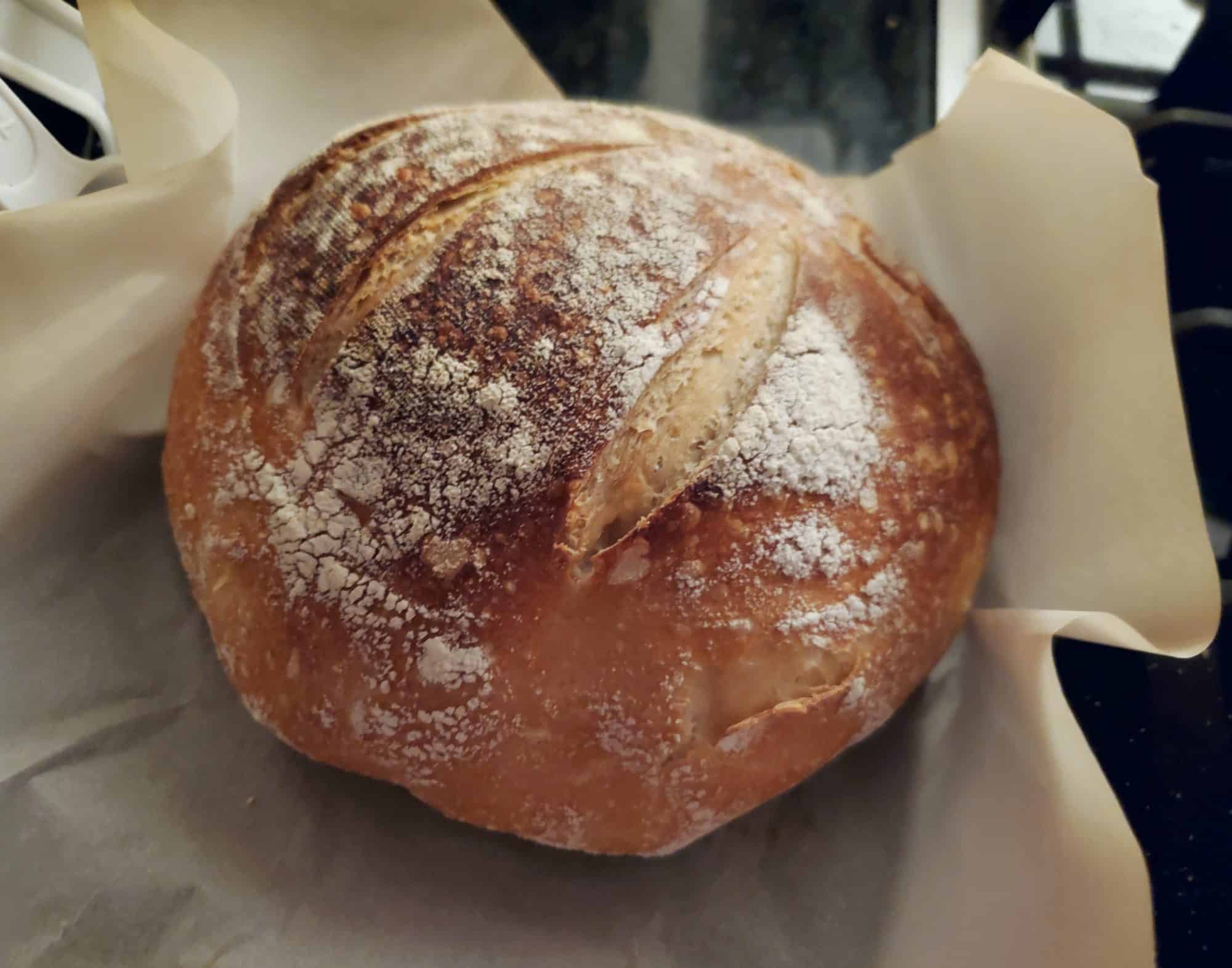
Tools You Need for Sourdough Baking









When can I start baking with my sourdough starter?
To bake sourdough bread and the like, you need a mature starter. If you plan to make pancakes or flatbread or waffles, you can use your sourdough discard before it matures.
When you make your sourdough starter “from scratch,” it takes about two weeks of feeding and caring for it before it matures enough to use to bake bread and similar recipes that need the structure and sufficient (and sour) yeast.
You know it is ready when it doubles in volume after you feed it, the bubbles are larger and uniform throughout, and it smells like sourdough. You need all three indications.
If you have a starter a friend gives you, that starter most likely is already mature, and you can use it immediately. Check with your sourdough starter source to confirm though!
Keep it covered but NOT sealed
It needs to breathe (yeast is alive!), but you don’t want it to dry out either, as that will kill it, too. I gently place the plastic lid over it, but not sealed and with a little space for it to breathe.
This is the case whether you use a plastic container or a mason jar.
I use the lid to my container, but you can also place cheesecloth over your container and secure it with a rubber band. The goal is to keep ickies out and let it breathe, so use what you prefer.
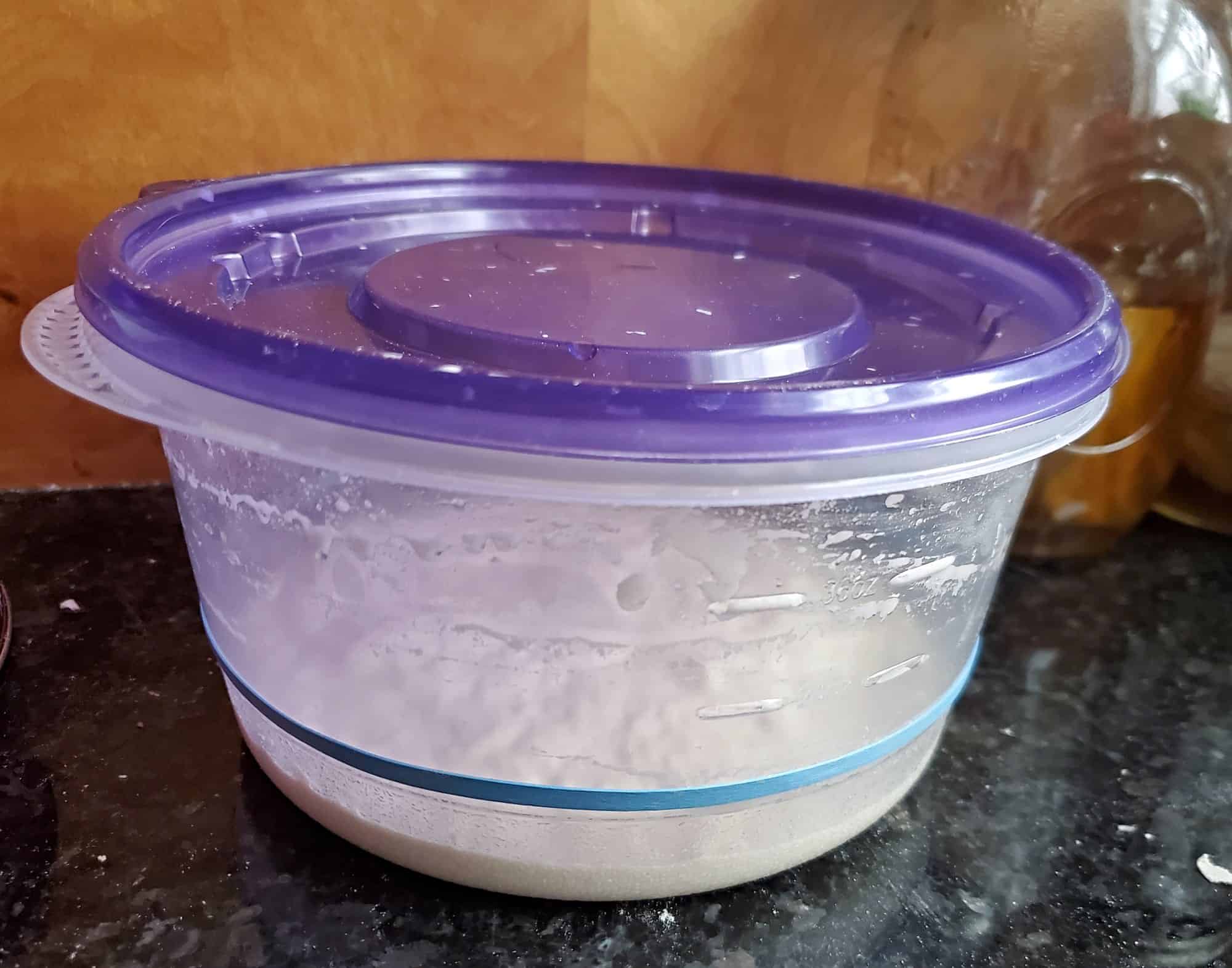
Feed it every 24-48 hours
When you feed it, you will do equal WEIGHT water and flour. The internet says this is 1 cup flour and 3/4 water. I find I usually do 2/3 water.
Once you feed it a few times and see all the bubbly goodness, you will figure it out based on how it feels. If you add too much water to one feeding, just add less the next time.
It should be like a thick pancake batter – you can stir it, but it’s definitely a thick batter though not a dough. And when it grows, it’s almost like a spongy texture. It’s not 100% an accurate description, but it’s the best I’ve got. You will absolutely get a feel for it in just a few days!
How much do I feed my starter each time?
If you have about one cup of starter in your container, you can never add more than what you have combined water and flour. In this case, I might feed it 1/2 cup water by weight and then the same weight flour.
Going forward, you can feed it a little more. If I plan to bake often, I’ll add close to a cup of water and the equal weight flour. Again, I weigh my water and use that as the basis for how much flour to add.
When I feed it, I measure (by weight!) the water I want to add and mix it in with my spatula. Then I measure (by weight!) the flour I want to add and mix that in.
It’s ok if it has some lumps because they’ll work out as it digests its meal, but you don’t want pockets of dry flour.
Future feedings
If you know you won’t bake for a little bit, you can feed it less for a few days. If you know you have heavy baking coming up, you can feed it up to every 12 hours or so (just never more than what’s already there).
I put a rubber band around my container once I feed Baby Dough-da so I know where he started and can see how much he’s grown. You don’t HAVE to do this, but it’s a great way to keep track of how healthy your starter is.
What kind of flour should I use?
I use unbleached (always use unbleached no matter what you choose) all-purpose flour. Personally, I purchase the 25-pound bags from Costco and go through them once every couple of months.
I don’t buy special bread flour for my sourdough starter – nor do I use wheat, rye, bread flour, etc. You can make a rye or wheat sourdough, but the starter is just regular all purpose flour.
The only thing I’ll tell you NOT to use is pastry flour as it doesn’t have a high enough protein content to support making bread and will just collapse.
You can create a starter with rye flour if you prefer rye bread. You can also use a regular sourdough starter to bake a loaf of rye sourdough bread.
Can I turn my starter into rye or whole wheat sourdough?
You absolutely can. Simply change the flour you feed your sourdough starter. It may take two to three feedings before your starter fully takes on those flavors, but it is a simple process to change over.
And yes, you can change it back if you decide you don’t like it, too.
What kind of water should I use?
I use filtered water because I’m a dork and our water is SO hard here and tastes weird. But tap water will work just fine.
As long as your water is not contaminated, it will work, though it may not be ideal.
What water temperature should I use when I feed my starter?
While you usually want to use warm water when you bake, this isn’t required to feed sourdough starter. You don’t need to heat your water; whatever temp comes out is fine.
In fact, I often use cold water just to keep my starter from needing to be fed quite as often if I don’t bake every single day. Colder water means it will grow slower, but it still works.
That said, if you use hot water from a fancy water system, make sure it’s under 120 degrees so you don’t kill the yeast. Basically, if you can comfortably touch the water, you’re safe to not kill the yeast.
What if I don’t plan to bake often?
If you don’t plan to bake for more than two days or you go on vacation, you can store your sourdough starter in the refrigerator. If it’s in the fridge, you can feed it every one to two weeks.
You can go longer – as I said sourdough is hard to kill.
When you’re ready to use it OR feed it, leave it on the counter for a few hours to come to room temperature before you do either so it can wake up some. If I feed it and plan to put it back in the fridge, I still let it sit for another hour or two at room temp after feeding, then put it back in the fridge.
This lets the starter wake up enough to eat and also reassures you that it’s still alive.
If you’ve had your starter in the fridge for a while, you may need to feed it two or three times to fully wake it up and get it to rise properly when you bake with it.
Did I kill it?
Probably not – It may get some clear or pinkish fluid on the top. That’s okay. Just drain it.
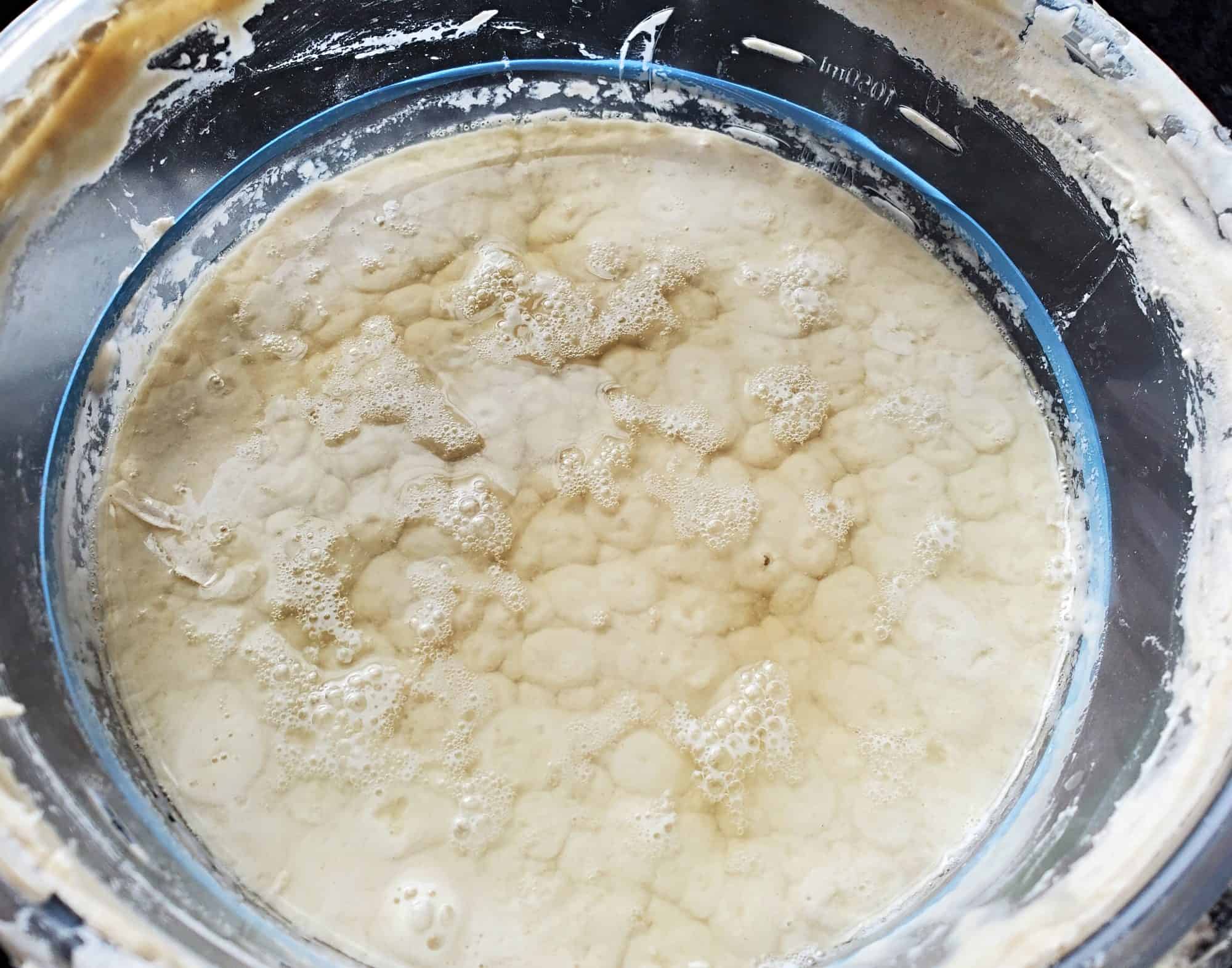
The liquid is called hooch, and this is actually a way to make your starter more sour. You may need to feed it a couple of times after this happens to fully activate it, but watch how it behaves when you first feed it.
Anything green or black? You already know it is not good. (Some people say they just scrape the top half off and use the rest. It is safe to do. I couldn’t do that, but you do you!)
If it’s not bubbling/rising – it’s probably too thin. It needs the substance and weight of the starter for the bubbles to form. If this happens, lower the amount of water you are using for the next few feeds and see what happens.
Sometimes when it’s split, it might be slower to bubble for a few days. So don’t worry if nothing happens when you feed it the first few times.
If it’s still not bubbling and you don’t think it’s too thin, it could potentially be too thick. But then you wouldn’t be able to mix it, and you probably already know to add some more water.
Keep it away from metal
I use a plastic spatula to stir it when I feed it and to scoop it out. I use a glass bowl to mix it in, etc. Generally.
I do use my stand mixer when I do pizza dough and English muffins just because those are thicker and more traditional doughs that don’t mix by hand as easily. It still works out, but avoid metal where you can.
Can I freeze my sourdough starter?
You absolutely can, and some people always keep a little sourdough starter in the freezer as a backup in case something happens to their main starter.
Scoop some starter into an ice cube tray and freeze the tray. Once the starter turns into solid cubes, pop them out and place them in a freezer safe container.
The frozen sourdough starter cubes will remain viable for up to a year.
When you want to use them, let them thaw on the counter in a container. You’ll want to thaw several at once so you have a good base to start from.
Once they fully thaw, feed them just as you would a mature starter. It will take a few days before your starter is active and bubbly again, so plan for that.
This is a place where you may want to feed it with warm water versus cold to help activate your starter more quickly.
Tips for baking with sourdough starter
I split it to bake at feeding time, right before feeding. That means I take out what I need to bake from my culture, then feed the culture and move on to baking.
You want to bake with your starter BEFORE you feed it – meaning it’s been fed but not in the last 6 or so hours. It should be a long enough time that it’s bubbled up.
When you measure it, you don’t measure the bubble volume but the stirred-down volume.
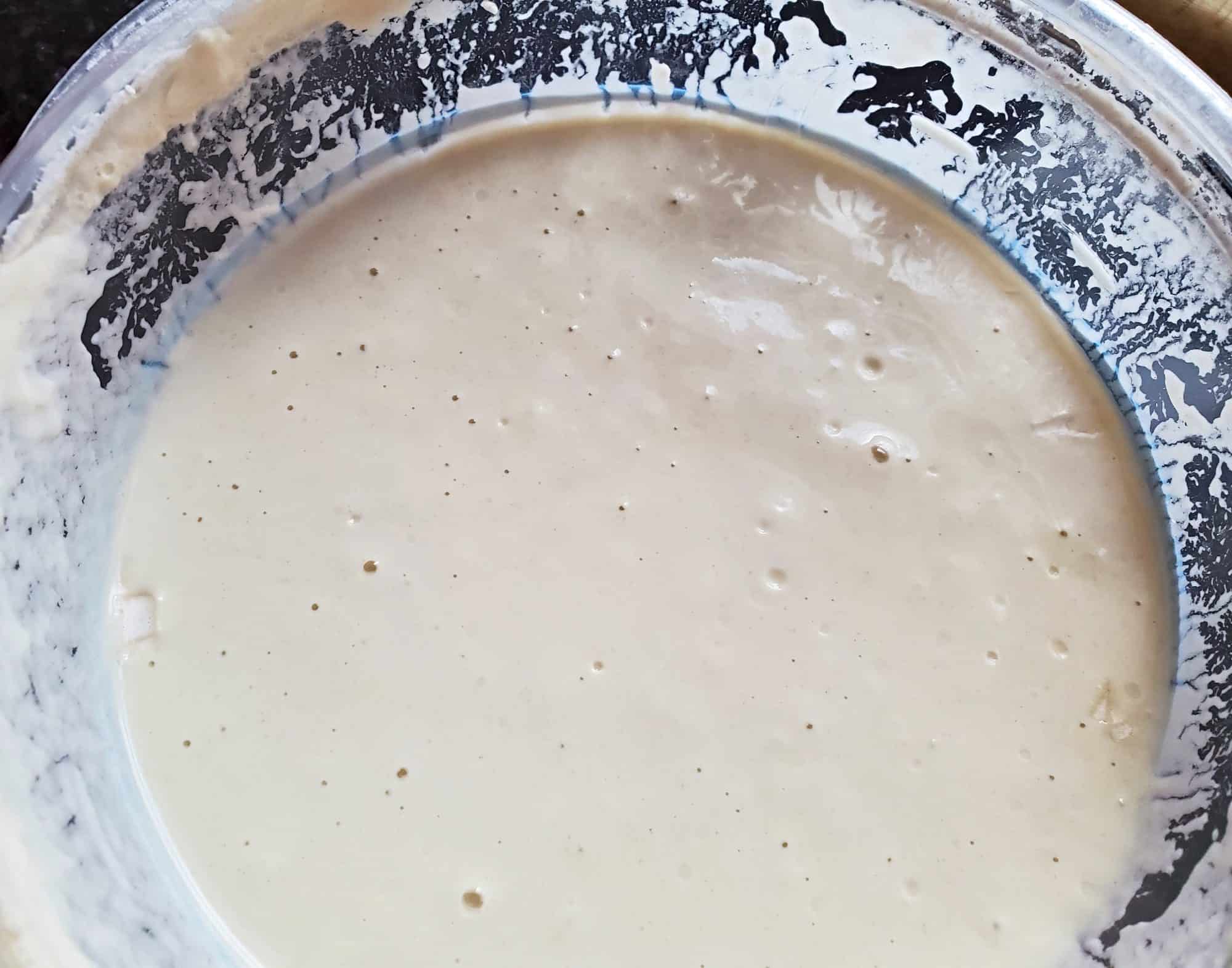
That said, I strongly prefer the recipes that use weights rather than volume measurements. They tend to be better recipes and give you more accurate results.
My dough is too sticky
When you make sourdough bread or sourdough English muffins or even sourdough pizza, the dough will be stickier than a “traditional” bread dough. That’s expected.
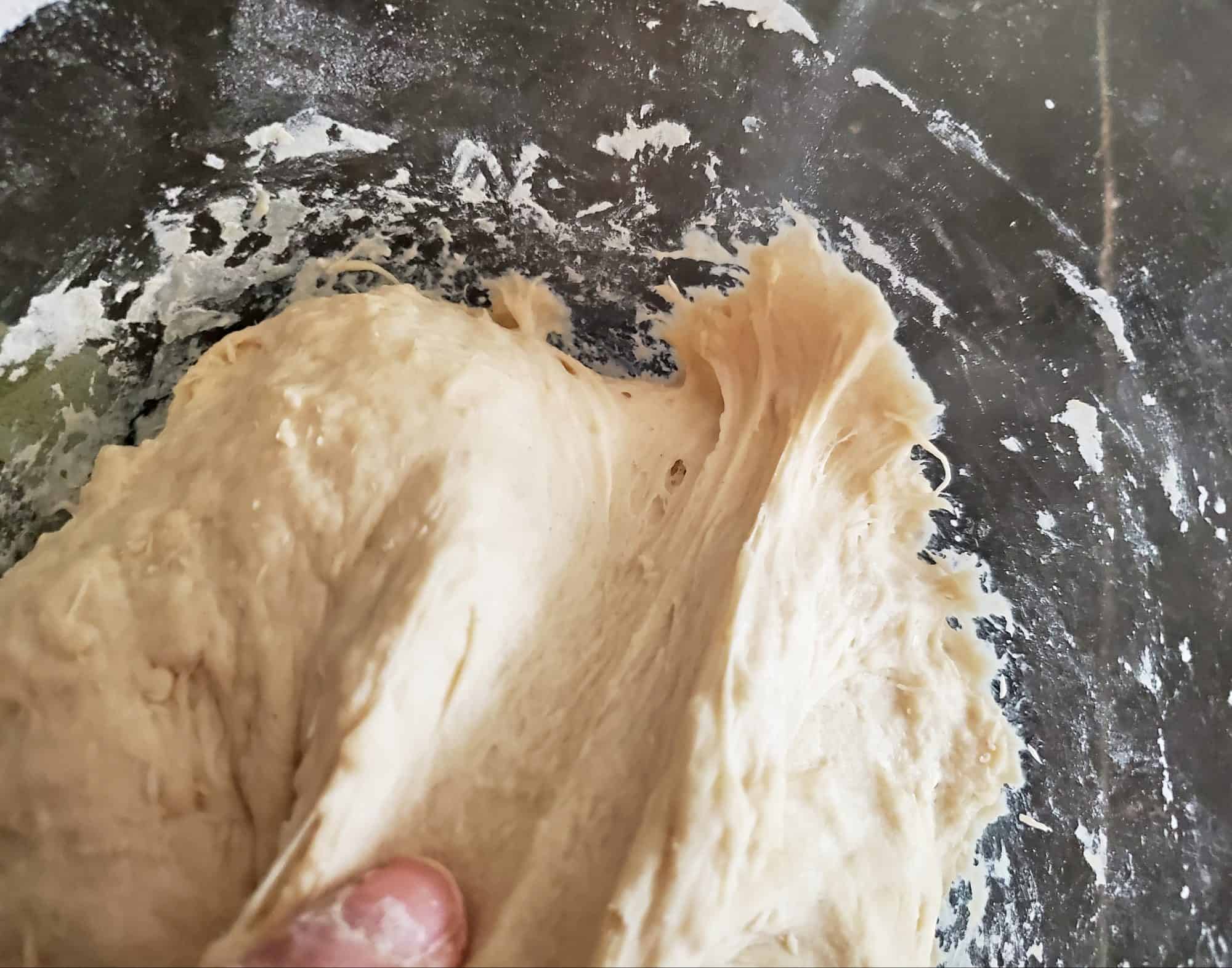
Partly because sourdough has such a long rise time, it needs the extra hydration compared to many bread doughs. As it rises, the dough becomes less sticky as the flour fully hydrates.
It shouldn’t be so sticky that you can’t manipulate it at all, but the dough should stick to your hands.
As you get more comfortable working with sourdough, you will get a better sense for how the dough should feel at each stage. It’s a learning process, and that’s ok.
Have another question about how to care for sourdough starter? Leave a comment!
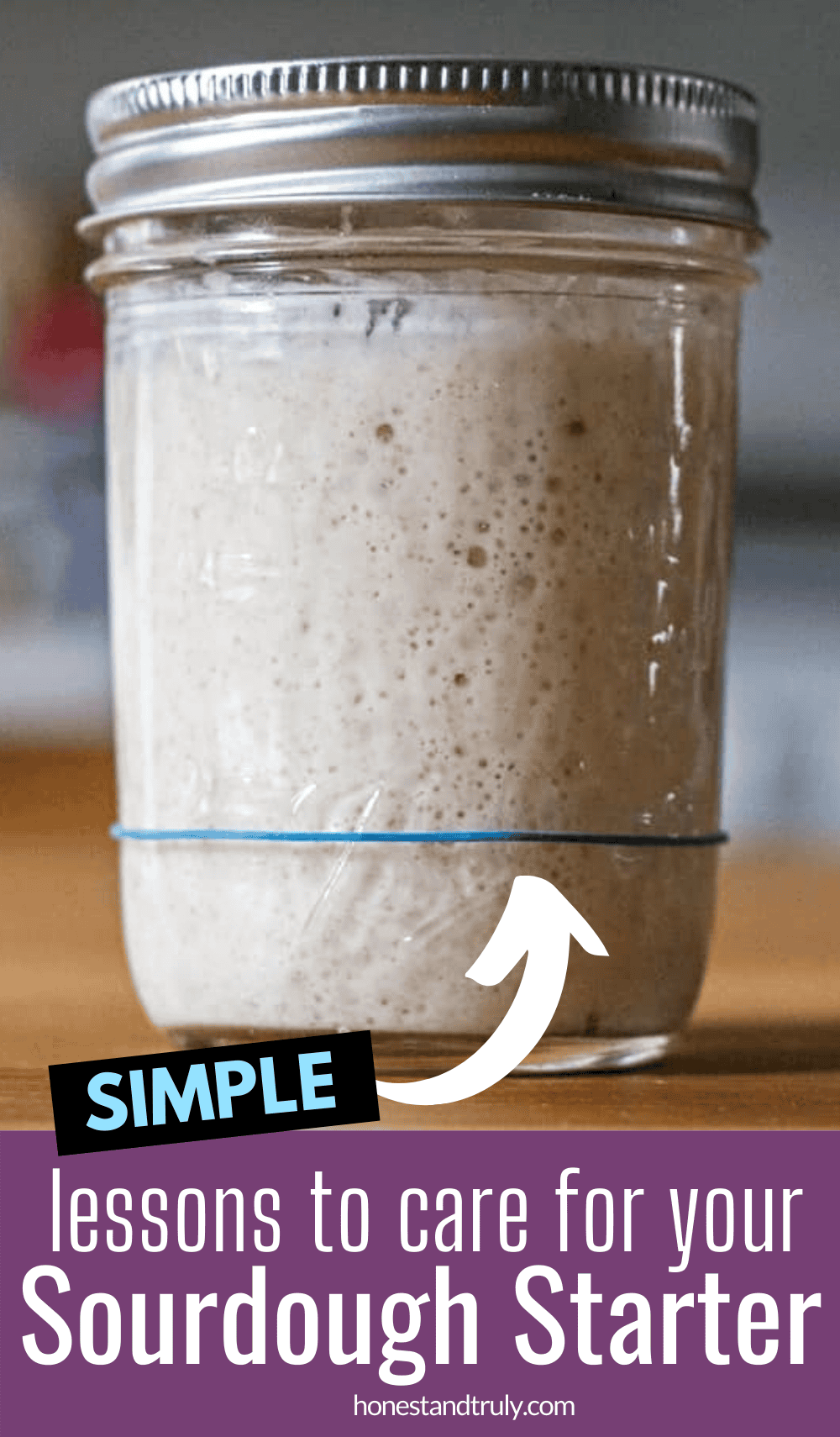
I am a participant in the Amazon Services LLC Associates Program, an affiliate advertising program designed to provide a means for sites to earn advertising fees by advertising and linking to Amazon.com.